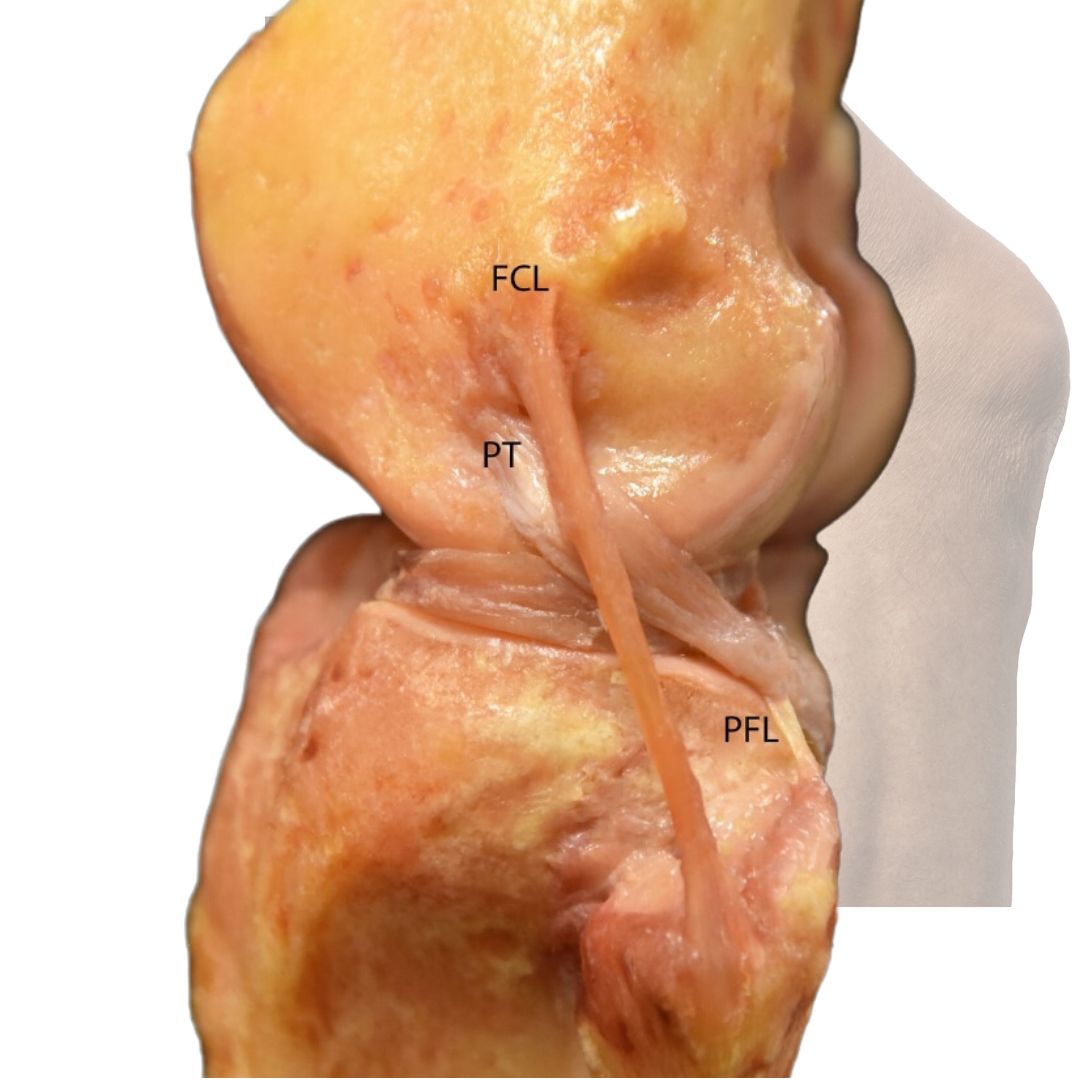While uncommon, injuries to the posterolateral corner (PLC) of the knee can lead to significant and ongoing instability, which may ultimately result in failed anterior cruciate ligament (ACL) reconstruction if these injuries are not promptly and accurately identified.
The posterolateral corner is a complex anatomical region that comprises several critical structures, including ligaments, tendons, and the joint capsule, all of which play a vital role in stabilizing the knee during movement. The PLC is comprised of three major lateral stabilizers of the knee: the fibular collateral ligament (FCL), the popliteus tendon (PT), and the popliteofibular ligament (PFL). When these structures sustain injury, they can compromise the overall stability of the knee joint, particularly in conjunction with an ACL tear, which is a common occurrence in sports-related injuries.
Potential Causes of a PLC Injury
PLC injuries, or posterolateral corner injuries, can arise from a multitude of causes, each with its own mechanisms and implications for the affected individual. Contact incidents are a common source of these injuries, where the impact or force applied to the knee area can lead to significant trauma. For example, a blow to the inside of the leg during a sports activity, such as football or basketball, can result in a sudden and forceful strain on the structures of the PLC. Similarly, a car accident can produce a high-energy impact, causing the knee to sustain injury as the body is jolted or twisted in an unnatural manner. In addition to these scenarios, pivoting injuries, which often occur during sports that require sudden changes in direction, can place excessive stress on the knee, leading to damage in the posterolateral corner. On the other hand, noncontact incidents also play a crucial role in the development of PLC injuries. These injuries can occur in situations where there is no direct impact but rather a biomechanical failure, such as falling on a hyperextended knee. This type of fall can happen during activities like running, jumping, or even landing from a height, where the knee is forced into an awkward position, stretching the ligaments and tendons beyond their normal limits. The hyperextension can compromise the stability of the knee, leading to tears or sprains in the posterolateral structures. Understanding these mechanisms is essential for both prevention and treatment, as it allows athletes and individuals to take appropriate precautions to protect their knees during high-risk activities.
Symptoms of a PLC Injury
-
Pain on the outer part of the knee often indicates a torn LCL or PLC. The intensity of the pain can vary from mild to severe, based on the severity of the injury.
-
Swelling
-
Stiffness: The knee may become stiff, making it difficult to flex and extend the knee.
-
Instability: A person with a torn PLC might experience knee instability, feeling as though it is “giving way” or unable to adequately support their weight, particularly during side-to-side movements. Since the PLC is crucial for rotational stability, patients can exhibit significant symptoms due to this instability.
-
Difficulty stopping and cutting towards the affected side.
-
Bruising: Bruising may occur around the location of the LCL tear, with the discoloration typically appearing on the outside of the knee.
-
Difficulty Walking: Walking can be uncomfortable or painful, especially if the LCL tear is severe or involves the entire PLC.
-
Popping or Clicking Sensation: Some individuals experience a popping or clicking sensation at the time of the injury, often accompanied by pain and swelling.
What Happens When a PLC Injury is Missed
Failure to recognize a PLC injury can have serious implications for the patient’s recovery and long-term joint health. In many cases, individuals may present with symptoms that are primarily associated with ACL injuries, such as swelling, pain, and a reduced range of motion. However, without a thorough evaluation that includes specific clinical tests and imaging studies, the underlying PLC injury may go undetected. This oversight can lead to inadequate surgical intervention focused solely on the ACL, leaving the PLC injury unaddressed. As a result, patients may experience persistent instability, a sensation of the knee giving way, and difficulty returning to their pre-injury activity levels, particularly in sports that require pivoting or rapid directional changes.
Moreover, the consequences of an undiagnosed PLC injury can extend beyond immediate instability. Over time, the lack of proper stabilization can lead to further joint degeneration, increased wear on the cartilage, and the development of secondary injuries to other structures within the knee. This cascade of issues not only affects the patient’s quality of life but also complicates future treatment options, potentially necessitating more extensive surgical procedures to correct the resultant instability and damage.
Conclusion
In conclusion, the importance of recognizing and accurately diagnosing injuries to the posterolateral corner cannot be overstated. Healthcare professionals must maintain a high index of suspicion for PLC injuries in patients presenting with ACL tears to ensure comprehensive treatment and optimize recovery outcomes. Early intervention and targeted rehabilitation strategies are crucial in addressing these injuries, ultimately leading to improved stability, function, and overall joint health for the patient.


